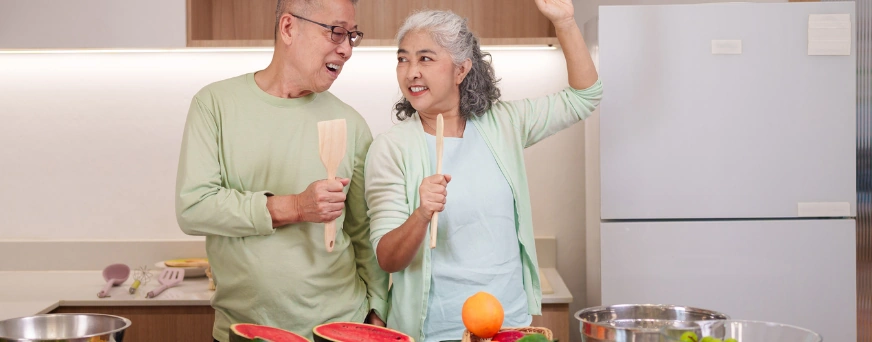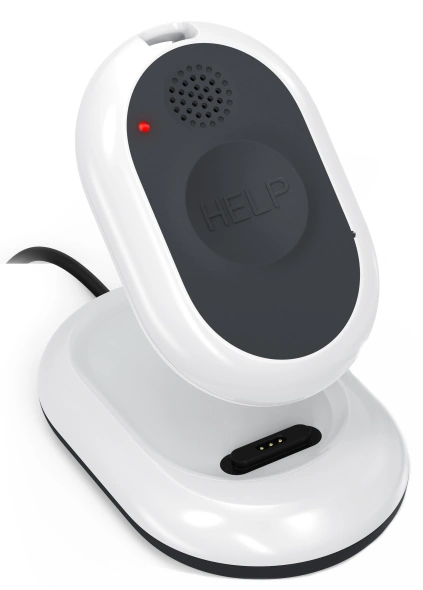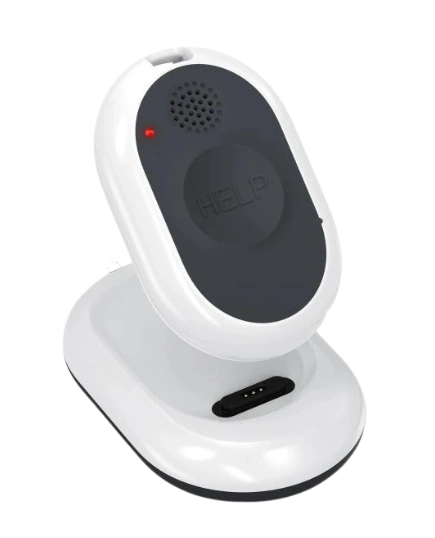Benefits of Meal Delivery for Seniors Living Alone
Living alone can feel quiet, especially around mealtimes. Cooking every day gets tiring and the sink piles up fast. This is where meal delivery steps in with simple, steady help. It brings warm food home, as well as a bit of peace and room.
However, it’s not just convenience; it supports daily independence and calm. In addition, routines get easier, and options stay in your hands. This small change brightens days and keeps life moving, meal after meal.
So, today, in this article, we’ll highlight several benefits of meal delivery, particularly for seniors living alone.
What types of Meal Delivery services are provided at home for US seniors?
Ready-to-heat meals arrive cooked, sealed, and clearly labeled. You microwave them. These help on busy days or low-energy evenings, for example. In addition, some services deliver fresh produce, milk, and bread weekly.
Medically tailored meals support diabetes, heart health, and low-sodium needs. On the other hand, community programs like Meals on Wheels bring friendly check-ins, too. Many plans offer weekly, biweekly, or monthly schedules that fit real life.
How Meal Delivery Supports Seniors Living Independently?

Below are some of the key advantages of opting for meal delivery for seniors staying alone in the US.
Consistent nutrition and sensible portion control
Regular meal deliveries keep the fridge stocked with balanced, ready plates. Portions stay clear. Each tray shows calories, protein, and simple heating steps. That helps daily choices feel easier and less stressful. Seniors often eat better when meals are predictable and simple to plate.
However, taste still matters, so menus rotate to prevent “same old” fatigue. Consistent portions reduce overeating and late-night snacking, which helps sleep.
In addition, steady nutrition supports muscle strength and healthy blood sugar. You see it in steadier energy and fewer skipped meals. Such small routines build confidence and keep health on track.
Personalized menus for common dietary needs
Many meal delivery services offer low-sodium, renal-friendly, or heart-healthy plans for aged adults. Diabetic menus space carbs and include fiber-rich sides for balance. Gluten-free and dairy-free options appear on most rotating menus now.
However, personalization goes beyond labels and static lists. It includes noting allergies, spice levels, and texture preferences or needs.
In addition, caregivers can flag soft foods for denture comfort and safe chewing. Some providers also tailor vitamin D or calcium-based diets for good bone health in the elderly.
Less strain from shopping, lifting, and cooking
Grocery trips demand driving, cart pushing, and lifting heavy bags home. That adds risk on icy sidewalks and crowded parking lots for seniors. Meal delivery cuts those errands and the hard kitchen work afterwards.
However, independence stays intact because heating and plating remain simple. Precut ingredients or ready meals reduce knife use and hot pans. In addition, lighter trash and fewer dishes ease shoulder and back strain.
Seniors save energy for walks, hobbies, calls, or a good book. For instance, ten minutes of microwaving beats an hour of cooking. Less strain means fewer slips, fewer burns, and peace of mind.
Safety and wellness check-ins with each delivery
Some meal delivery services train drivers to notice small safety concerns in aged adults. A dark porch, unanswered knocks, or unusual delays prompt quick calls. However, it never feels intrusive; it feels caring and neighborly.
In addition, sealed meals reduce handling and keep food at safe temperatures. Labels show use-by dates in big, readable fonts for clarity. For example, a driver might remind someone to refrigerate right away.
Thus, families rest easier knowing another set of eyes stops by. Small check-ins stack up into real peace of mind.
Steady routines that protect independence
Meals arriving on a schedule anchor the day’s rhythm and pace. Breakfast, lunch, and dinner land at set windows, not random times. However, seniors still pick what to eat first or save for later.
In addition, labeled trays make it easy to plan tomorrow’s choices. Routines reduce decision fatigue, which often leads to skipped meals. For example, Tuesday means chicken, greens, and a fruit cup after therapy. Predictability supports medication schedules and blood sugar timing, too.
It keeps life humming without feeling rigid or dull. Such small habits protect independence better in the elderly.
Budget-friendly plans and flexible scheduling

Costs matter, especially on fixed incomes and careful budgets. Many providers offer senior discounts, coupons, or bundle pricing. However, transparency helps most, so menus show clear per-meal costs.
Some communities connect seniors to subsidy programs for meals. SNAP works for groceries; local nonprofits sometimes fill remaining gaps. Paying for fewer wasted groceries saves money over time. Flexibility keeps support affordable without locking anyone into rigid contracts.
Easy ordering, caregiver coordination, and reminders
Ordering should take minutes. Most meal delivery services offer phone ordering plus simple websites with big text. However, caregivers often help, so shared accounts for seniors make sense.
In addition, email or text alerts confirm delivery windows and menu choices. For example, a Tuesday text says, “Arriving between two and three.” Reminders ping when it is time to heat or refrigerate meals.
Less food waste and better pantry management
Unplanned shopping often leads to wilted lettuce and spoiled leftovers. Meal delivery matches portions to actual appetite and weekly needs. However, it also helps keep pantries tidy and easier to check.
In addition, most services list ingredients, so staples stay stocked smartly. For example, you learn when to buy milk or skip extra bread. Fewer impulse buys mean cleaner shelves and simpler meal decisions.
Trash bags get lighter, which helps seniors living alone. Composting or recycling becomes manageable without huge weekly piles. Money stays in the wallet instead of the garbage bin. Better pantry management starts with right-sized meals that actually get eaten.
Conclusion
Meal delivery offers steady help to the elderly who feel warm and simple. It keeps their days smoother and meals easy, also lifting small daily worries. However, it still respects choice and pace, which matters at home. In addition, clear routines grow, and eating well starts to feel natural. So, you eat, rest, smile, and kind of breathe a little easier in your golden years.























